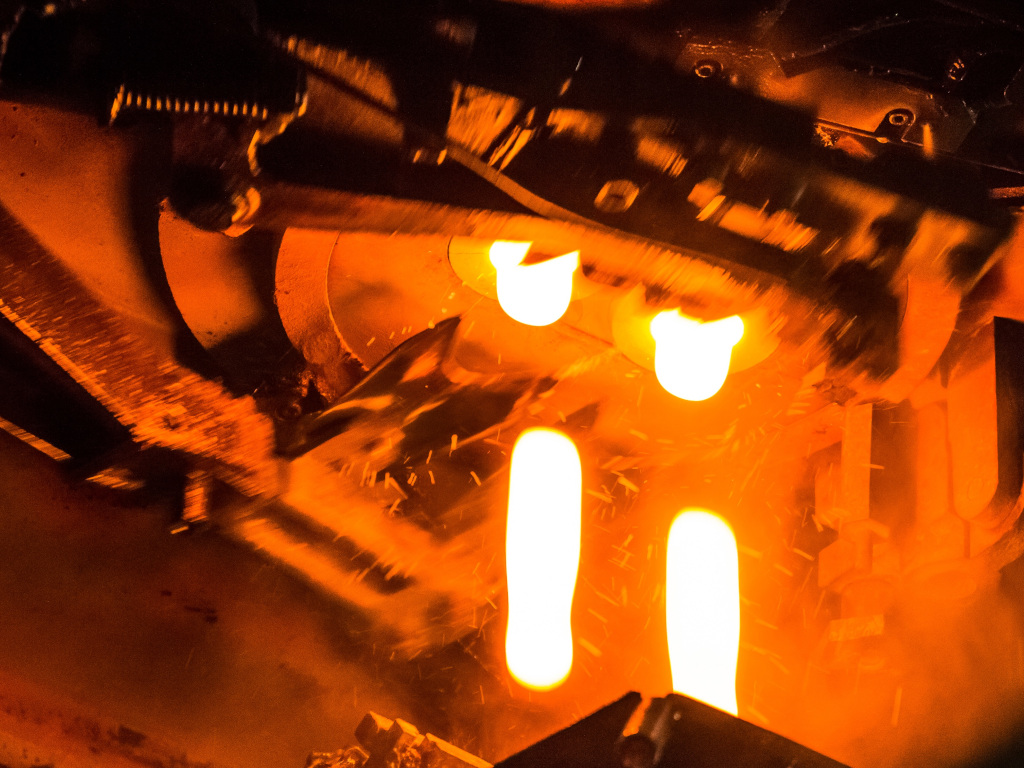At present, for large scale furnaces, 80% of CO2 emissions come from the combustion of natural gas used to melt glass and 20% from melting virgin raw materials.
Replacing these virgin raw materials with recycled glass is crucial to reducing CO2 emissions but a more ‘disruptive’ route for decarbonising the production process is needed.
The technologies and systems are not yet commercially available and public and private financial support will be instrumental in making breakthroughs, as well as the political will to enable this industrial revolution.
To support such a major transition to resource-efficient and low carbon production, a step change is needed at sector level to address the source of 80% of the CO2 emissions.
The use of renewable electricity in glass container production can, in theory, vastly reduce the CO2 emissions from the combustion in the furnace but this technology is currently limited to small-scale furnaces for flint (clear) glass, with limited recycled glass content.
Innovative appproach
The industry plans to challenge this and pioneer innovative electric melting on a commercial scale. Ardagh Group has volunteered to lead a coalition of 19 independent glass container producing companies that will fund, develop, build and operate a first of its kind (new technology), industrial scale, hybrid furnace for commercial production in Obernkirchen, Germany. The furnace will evaluate the required technical and market criteria for large-scale electric glass packaging melting.
The project is ground-breaking in terms of technology but also in terms of scope and collaboration within the glass container industry:
- It is sectoral: The European glass container sector has joined together to champion it. Supporting companies account for over 90% of EU glass container production, producing more than 80 billion containers annually.
- It is Europe-wide: The furnace will be built in Germany but the technical knowledge gained will benefit companies operating in 23 European countries to ensure quick and smooth scalability.
Strategic milestone
The joint ‘Furnace for the Future’ demonstration project represents a strategic milestone in securing not only the future of the European glass industry but also of the entire glass packaging value chain (food and drinks, pharma, perfumes, glass recyclers) that depend on it.
More than ever, the glass container industry is vital to the EU economy because it services the essential EU food, beverage and pharmaceutical sectors. Factories are currently working around the clock to help meet the urgent demand for glass vials for coronavirus vaccines.
In addition to food, beverages and pharma, glass also serves high end alcohol, perfumery and cosmetics sectors in domestic markets and is an enabler for the export of these premium products across the world. Glass containers and items packed in glass drive more external EU export earnings (€250 billion) annually for Europe than plastics resins and pellets, organic chemicals or aircraft. More than 125,000 people work in the glass packaging value chain across Europe.
The container glass industry is potentially one of the few energy-intensive industries to have a clear pathway to decarbonisation through direct electrification but requires breakthrough technology such as the Furnace for the Future project.
This kind of project needs public funding to ensure scalability and the sharing of knowhow across the industry. The project is seeking funds from the EU’s ETS Innovation Fund. FEVE commented: “We hope that public funds will go towards projects committed to enabling the transition to a resource-efficient and low carbon economy and that are unique in terms of scale, sectoral support and geographical breadth, as well as having the potential to revolutionise industrial manufacturing throughout Europe.”


